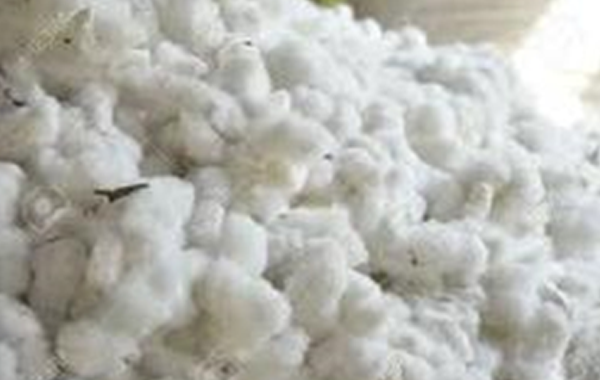We confirm that only whitest cotton is passed, which can pass the scrutiny of international standards. Meticulous Parameters like Fiber length, Micronaire, Strength and are monitored by our professionals assuring that the finest quality reaches our clients.
We are particular that trash in our cotton is strictly adheres less than 3% and moisture below 8% (Norms of standard for Indian cotton). To maintain the standard; we conduct 3PQC unbiased analysis by withdrawing 2% -10% random cotton samples from each lot of 100 bales of the bales. They are passed on to fulfill certain technical parameters for assessment using the HVI machine. Finally the cotton is approved or rejected based on the result.
Cotton is used to make a number of textile products. These include terry cloth for highly absorbent bath towels and robes; denim for blue jeans; cambric, popularly used in the manufacture of blue work shirts); and corduroy, seersucker, and cotton twill. Socks, underwear, and most T-shirts are made from cotton. Bed sheets often are made from cotton. Cotton also is used to make yarn used in crochet and knitting. Fabric also can be made from recycled or recovered cotton that otherwise would be thrown away during the spinning, weaving, or cutting process. While many fabrics are made completely of cotton, some materials blend cotton with other fibers, including rayon and synthetic fibers such as polyester. Cotton can be blended also with linen as Linen-cotton blends which give benefit of both plant materials which wrinkle resistant, lightweight, breathable and can keep heat more effectively than only linen. These blends are thinner and lighter, but stronger than only cotton.

